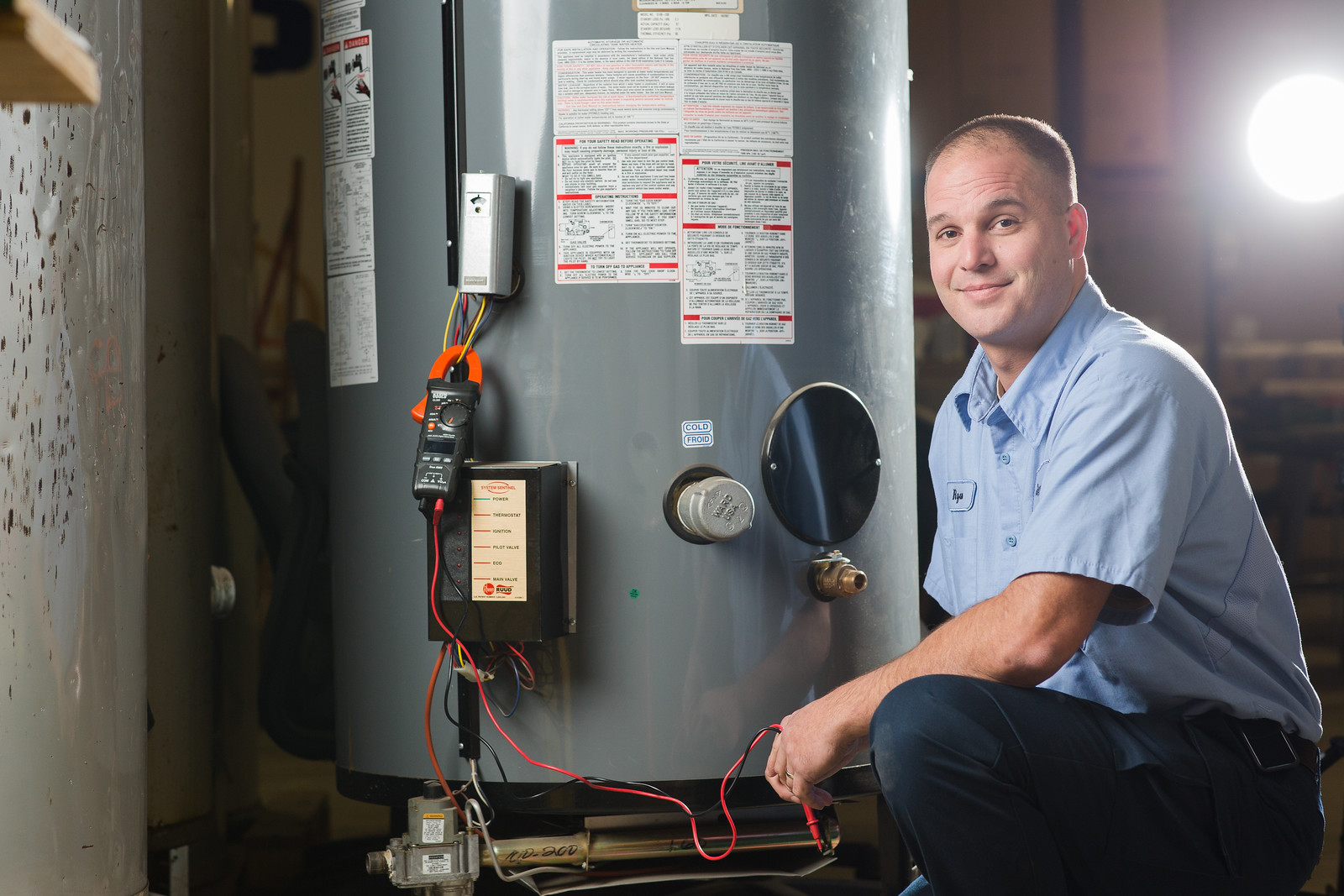Are you currently on the lookout for help concerning How to Maintain a Hot Water Heater in a Few Simple Steps?

Warm water is essential for everyday convenience, whether it's for a revitalizing shower or washing recipes. To ensure your hot water system runs successfully and lasts much longer, routine maintenance is vital. This write-up provides functional suggestions and insights on how to keep your home's hot water system to avoid interruptions and pricey fixings.
Introduction
Maintaining your home's warm water system might appear challenging, yet with a couple of straightforward steps, you can guarantee it operates efficiently for years to find. This overview covers whatever from understanding your hot water system to DIY upkeep pointers and understanding when to call in professional aid.
Importance of Preserving Your Hot Water System
Normal maintenance not just extends the life-span of your warm water system but additionally guarantees it runs effectively. Disregarding maintenance can bring about lowered efficiency, higher power bills, and also early failure of the system.
Indicators Your Hot Water System Requirements Upkeep
Knowing when your hot water system requires attention can avoid significant concerns. Look out for indications such as irregular water temperature level, strange noises from the heating system, or corroded water.
Recognizing Your Hot Water System
Prior to diving into upkeep tasks, it's valuable to recognize the basic parts of your hot water system. Commonly, this includes the water heater itself, pipelines, anode rods, and temperature level controls.
Monthly Upkeep Tasks
Normal regular monthly checks can aid catch minor problems prior to they intensify.
Purging the Water Heater
Flushing your hot water heater removes debris build-up, enhancing performance and prolonging its life.
Checking and Changing Anode Rods
Anode rods stop deterioration inside the tank. Checking and changing them when broken is essential.
Checking and Changing Temperature Settings
Changing the temperature level settings guarantees optimum efficiency and safety.
DIY Tips for Upkeep
You can execute several maintenance jobs on your own to maintain your hot water system in top problem.
Looking for Leakages
Routinely check pipelines and connections for leaks, as these can result in water damages and greater bills.
Evaluating Stress Alleviation Valves
Checking the pressure relief valve ensures it works properly and avoids excessive stress build-up.
Insulating Pipes
Shielding hot water pipelines lowers warmth loss and can conserve power.
When to Call a Specialist
While DIY upkeep is advantageous, some issues require professional proficiency.
Complex Issues Requiring Professional Aid
Instances consist of major leaks, electrical troubles, or if your hot water heater is continually underperforming.
Regular Specialist Maintenance Perks
Professional maintenance can include comprehensive inspections, tune-ups, and making sure compliance with security criteria.
Verdict
Routine maintenance of your home's warm water system is vital for efficiency, durability, and price savings. By following these ideas and knowing when to look for professional aid, you can make sure a reputable supply of hot water without unanticipated interruptions.
How to Maintain an Instant Hot Water Heater
Before tinkering with your hot water heater, make sure that it’s not powered on. You also have to turn off the main circuit breaker and shut off the main gas line to prevent accidents. Also turn off the water valves connected to your unit to prevent water from flowing into and out of the appliance. 2. When you’re done, you have to detach the purge valves’ caps. These look like the letter “T†and are situated on either side of the water valves. Doing so will release any pressure that has accumulated inside the valves while at the same time avoid hot water from shooting out and burning your skin. 3. When the purge valves’ caps are removed, you have to connect your hosing lines to the valves. Your unit should have come with three hoses but if it didn’t, you can purchase these things from any hardware or home repair shops. You can also get them from retail stores that sell water heating systems. Read the user’s manual and follow it to complete this task properly. When the hosing lines are connected, open the purge port’s valves. 4. You should never use harsh chemical cleaners or solutions when cleaning your unit. Make use of white vinegar instead. It should be undiluted and you’ll probably use about 2 gallons. 5. Now flush your water heater. This task should probably take about 40 minutes. We can’t give you specific directions for this because the procedure is carried out depending on the type, model and brand of your heater. With that being said, refer to the user’s manual. 6. When you’re done draining the unit, you have to turn off the purge port valves again. Remove the hosing lines that you earlier installed on each of the water valves. Put the valve caps (purge port) back in their respective places and be very careful so as not to damage the rubber discs that are found inside these caps. 7. Now that everything’s back in place, check your user’s manual again to find out how to reactivate your water heating system. 8. Once it is working, turn one of your hot water faucets on just to let air pass through the heater’s water supply pipes. Leave the tap on until water flows smoothly out of it. https://www.orrplumbing.com/blog/2014/september/how-to-maintain-an-instant-hot-water-heater/

I recently found that page on Tips on Maintaining a Water Heater while scouting around the web. Do you know anybody else who is truly interested in the topic? Please feel free to promote it. Thank you for going through it.
Pricing